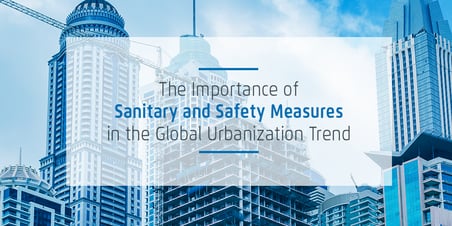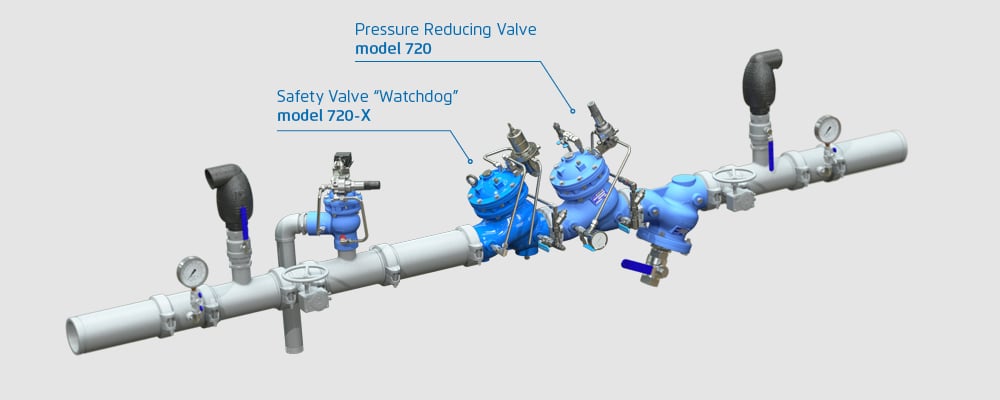
This century marks the first time in history that city dwellers have outnumbered the rural population on a global scale. While the global trend towards urbanization has already reached its peak in developed countries, there are still vast regions of the world just beginning to shift from primarily rural to an urbanized population and economy. This includes large areas of Africa and Asia, home to a significant portion of the world’s population. Due to the size of today’s global population, this urbanization is happening at an unprecedented scale; for instance, in China alone cities will need to absorb 250 million migrant workers by 2030.
For some, the global urbanization trend represents incredible opportunity. The initial building boom is only the beginning. Cities favor economic development; as a country urbanizes, its GDP typically rises significantly—and so do opportunities for economic expansion at all levels.
However, rapid urbanization does not come without its problems. Growth often takes place faster than governments and populaces are equipped to handle. Fast growing municipalities must often cope with challenges related to:
- Poor planning capabilities – Adequate expertise in urban planning is often lacking. Even when present, the speed of urbanization may outpace abilities to plan for it.
- Lack of regulation – In many areas where robust urbanization is taking place, construction codes, laws governing public safety, and environmental regulations may be lax or absent.
- Lack of infrastructure – Absent or inadequate roads, shelter, waste treatment facilities, water supply lines, and social infrastructure such as police and fire protection can cause a myriad of problems. For example, 14% of urban Indonesians have no access to toilet facilities.
- Cultural challenges – Many of the rural immigrants now entering into growing urban centers are not equipped with the skills needed to safely navigate an urban environment. Overcrowding, especially coupled with lack of infrastructure, can create a miserable atmosphere and foster the proliferation of unsanitary conditions.
These challenges and related conditions can lead to serious environmental, social, and safety consequences, including:
Fire safety hazards
Rapid and/or unregulated urban development creates many types of fire hazard scenarios, including:
- Poor access – Roads and buildings built where fire protection codes are absent or inadequate may not allow for proper or timely access by fire protection personnel and equipment.
- Unsafe construction – Inadequate regulation can also contribute to buildings being constructed using unsafe materials and/or design.
- Overcrowding – More people occupying a space than it was designed for can hinder timely evacuation of the area in the event of a fire.
The presence of one or more of these factors can put large numbers of people at risk.
Sanitary hazards
Urban sanitation has been identified as a critical issue by aid organizations such as USAID. Lack of clean drinking water and/or adequate toilet facilities is a serious public health issue affecting hundreds of thousands of people in many urban locations around the world, particularly in Africa and Asia.
Poor urban sanitation encourages the spread of disease and contributes to maternal and child mortality, shortened life expectancy, depressed economic productivity, and social unrest.
Environmental degradation
The rapid growth of large urban populations also has dire environmental consequences, including:
- Surface and ground water pollution
- Compromised air quality
- Greater resource consumption, including energy and water (for example, three times more coal per capita is used in Chinese cities than in rural China)
- Habitat loss
Easing the transition to a more urban world
While a certain amount of stress is inevitable when human population expands, improved planning and management can help keep urban populations safer and healthier, and environmental degradation to a minimum.
For this to happen, governments, individuals and private enterprise should ideally work together towards planning and creating urban environments that are safe, healthy, and prosperous. Awareness and open communication are key. One issue that nearly always comes to the forefront is budget. “How can we afford to build the safety and sanitation infrastructure that is so clearly needed?”
While the answer to that question is complex and varies from one population center to the next, one thing that has been clearly demonstrated is that proper safety and sanitation is not an expense, it is an investment.
For example:
- Studies conducted by the World Bank’s Water and Sanitation Program concluded that the lack of proper sanitation costs India approximately 54 billion USD annually, or about 6.4 percent of its GDP.
- A World Health Organization study suggests that ROI realized in the economy by the implementation of proper sanitation measures amounts to between 3 and 34 USD for every dollar spent, depending on region and project.
- And there is no way to account for the cost of the loss of a single human life due to preventable safety- or sanitation-related causes.
Global urbanization is inevitable, and it is happening now. Everyone involved has a role to play in helping it progress as smoothly as possible. For our part, BERMAD is dedicated to providing the highest quality and best possible value in fire protection and sanitation equipment and know-how. To partner with us in facilitating the safe building of tomorrow’s cities, contact us here.












